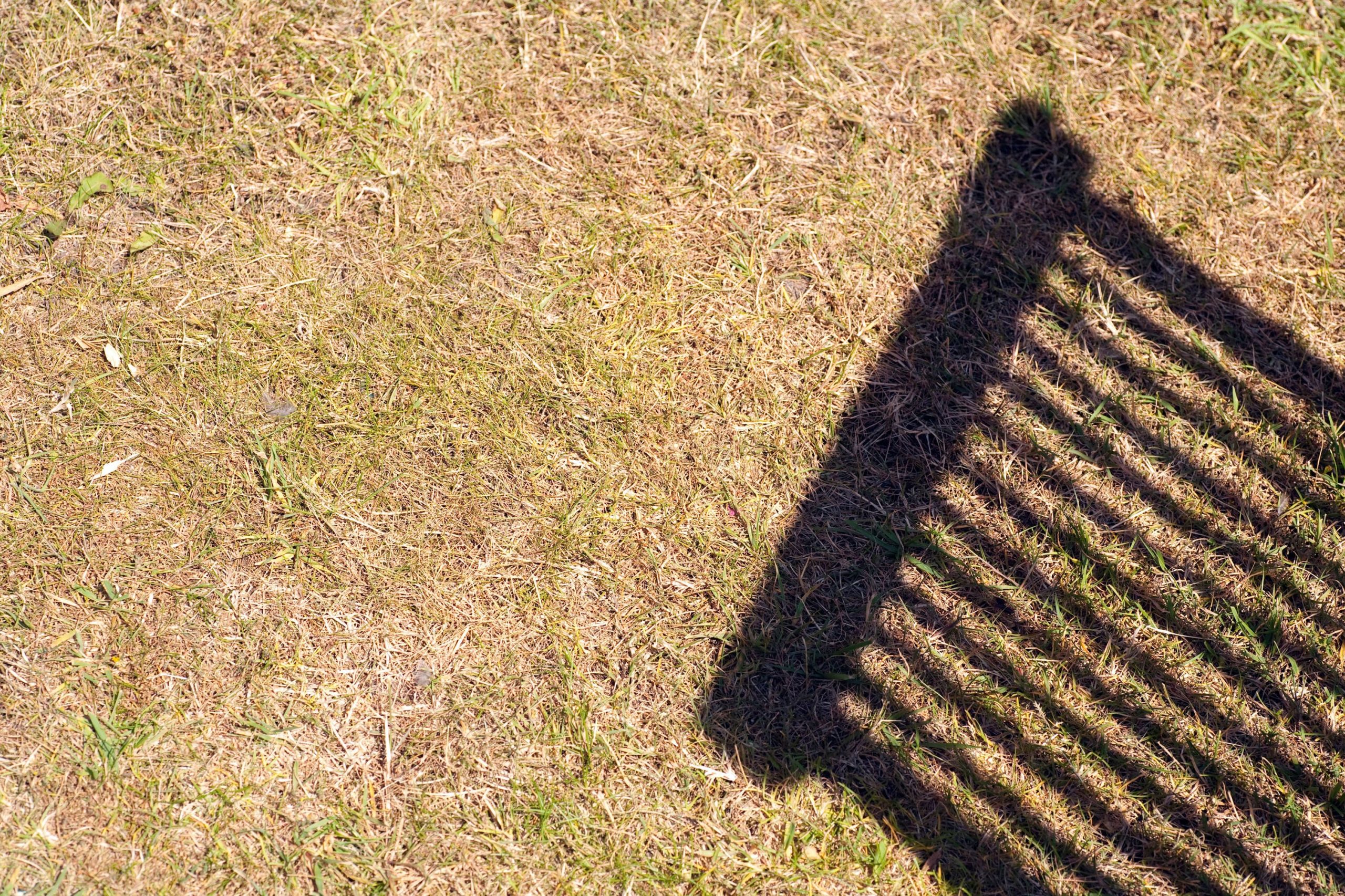How to revive your lawn after summer
It’s been a scorcher, but help is at hand
A sweltering hot summer, a hosepipe ban in some places, and only now those refreshing downpours – if a lush green lawn feels like a distant memory, you’re not alone.
Naturally, the rain is helping to recover our gardens and those parcels of parched, brown patches are coming back to life – but most lawns are likely to need a helping hand.
Here, experts share their top tips to improve the look of your lawn, and its ability to cope with future droughts…
Revitalising soils

Perforating the soil with small holes allows air back into the soil
“Droughts create a difficult environment for healthy root development,” says David Hedges-Gower, chairman of the Lawn Association (lawnassociation.org.uk).
“Therefore you need to look at maintaining a healthy soil system through aeration. Hard soils after drought conditions will be compacted, which means air and water cannot easily circulate where it’s needed.
“By aerating your lawn, you will help to de-compact squashed ground, improve the soil’s ability to absorb, and use essential oxygen and rainwater.”
Even if done just once a year, using the correct hollow tine method, he suggests aeration will produce balanced soils – and in turn stronger, healthier grass.
If you have a large lawn, Hedges-Gower recommends hiring a petrol-powered machine, but for smaller lawns a simple manual aerator is perfect.
Scarifying the lawn

Lawn scarifiers can bring your grass back to life
“Most plants need some form of pruning, and lawns are no different,” says Hedges-Gower. “Mowing is the obvious form of this, but scarification is another – and this offers long-term benefits.”
Hedges-Gower calls scarification “a brilliant and effective way to help our native bents and fescues to spread and thicken sideways, giving you a fuller and denser sward”.
He continues: “Do not use a wire rake for this. The right equipment should be used to slice through the shoots and stolons, which then encourages more prolific growth, in our case sideways, helping to fill in any gaps left by the dead grass.”
Hedges-Gower says it also saves the expense and effort of over-seeding thin or bare patches each year.
Feed, feed, feed
View this post on Instagram
“Strong grass will be stronger when it returns after a drought recedes,” notes Hedges-Gower. “So it makes sense your hard-working lawn deserves some feed to revitalise it, and give it all the nourishment it needs.”
According to Hedges-Gower, when it comes to fertiliser, natural is best.
Re-seed only if it’s beyond repair
View this post on Instagram
If those dry, brown patches are looking incurable and there’s no bringing it back, Carlos Real, lawn expert and managing director of TotalLawn (totallawn.co.uk) says you’ll need to re-seed or overseed.
“Remove any existing grass or weeds from the area you plan to reseed on your lawn, and use a rake to remove any clumps, creating a smooth, level finish,” he says.
“Apply a low-nitrogen, pre-seed fertiliser directly to the soil before seeding, to give your soil all the vital nutrients the seedlings will need in their first few weeks of growth.
“For small areas, you can distribute the seeds by hand – try and scatter them as evenly as possible. Water the seeds and keep them moist for the next two to three weeks.”
He recommends covering your seeds immediately with a net or a layer of fresh soil to protect them from birds and other insects.
Seaweed is the secret

Seaweed is full of nutrients
“Seaweed is designed to revitalise your lawn, as it increases stress tolerance, and improves the recoverability of the lawn,” notes Real.
“This is because it gives the grass plant the essential nutrients it needs and increases the soil moisture retention, allowing it to take in more water and rehydrate. So it’s best to put plenty on your lawn!”
The Press Association
Latest posts by The Press Association (see all)
- Best places to see bluebells this spring - April 11, 2025
- 6 foods that are great for your heart health - April 8, 2025
- Award-winning actors to star in Second World War film released for VE Day - April 8, 2025
- King Charles and Queen Camilla release official 20th wedding anniversary photographs - April 7, 2025
- The 5 ways drinking alcohol can affect your body - April 7, 2025




















